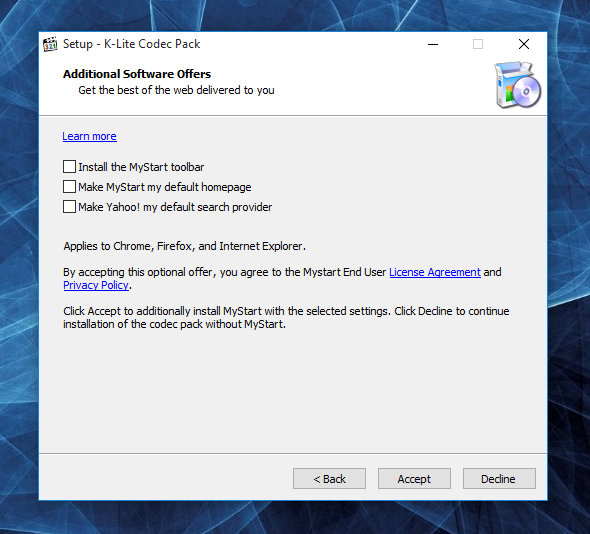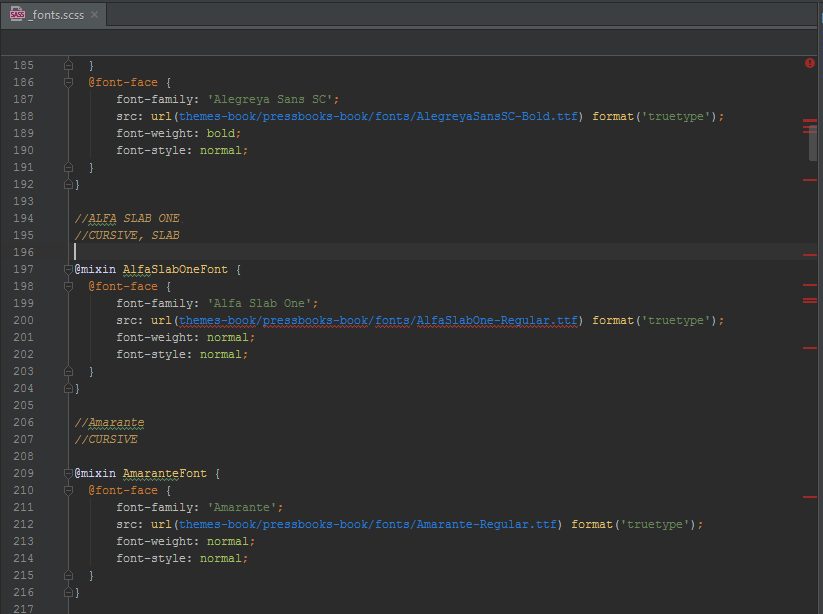
1. I think therefore it’s not XGH.
In XGH you don’t think, you do the first thing that comes to your mind. There is no second option as the first one is faster.
2. There are 3 ways of solving a problem: the right way, the wrong way, and the XGH way.
The XGH way is exactly like the first two but faster. XGH is faster than any development process you know (see Axiom 14).
3. You’ll always need to do more and more XGH.
For every solved problem using XGH seven more problems are created. And all of them will be solved using XGH. Therefore XGH tends to the infinite.
4. XGH is completely reactive.
Errors only come to exist when they appear.
5. In XGH anything goes.
It solves the problem? It compiled? You commit and don’t think about it anymore.
6. Always commit what you code.
If things go wrong your part will always be correct… and your colleagues will be the ones dealing with the problems.
7. XGH never misses a deadline.
Schedules given to you by your clients are all but important. You will ALWAYS be able to implement EVERYTHING in time (even if that means accessing the DB through some crazy script, breaking other parts of the software, etc.)
8. Be ready to jump off when the boat starts sinking. Or blame someone else.
For people using XGH someday the boat sinks. As time passes the system grows into a bigger and bigger monster. You better have your resumé ready for when the thing comes down. Or have someone else to blame.
9. Be authentic. XGH doesn’t follow patterns.
Write code as you may want. If it solves the problem you must commit and forget about it.
10. There’s no refactoring just rework.
If things ever go wrong just use XGH to quickly solve the problem. Whenever the problem is too big and requires rewriting the whole software it’s time for you to jump off before the whole thing goes down. (see Axiom 8)
11. XGH is anarchic.
There’s no need for a project manager. There’s no owner and everyone does whatever they want when the problems and requirements appear.
12. Always believe in improvement promises.
Putting TODO comments in the code as a promise that the code will be improved later helps the XGH developer. He/She won’t feel guilt for the shit he/she did. Sure there won’t be no refactoring (see Axiom 10).
13. XGH is absolute.
Delivery dates and costs are absolute things. Quality is relative. Never think about quality but instead think about the minimum time required to implement a solution. Actually, don’t think. Do! (See Axiom 1)
14. XGH is not a fad.
XP, Scrum, Lean? Those are just trends. XGH developers don’t follow temporary trends. XGH will always be used by those who despise quality.
15. XGH is not always WOP (Workaround-oriented programming).
Many WOP require smart thinking. XGH requires no thinking (see Axiom 1).
16. Don’t try to row against the tide.
If your colleagues use XGH and you are the only sissy who wants to do things “the right way” then quit it! For any design pattern that you apply correctly your colleagues will generate ten times more rotten code using XGH.
17. XGH is not dangerous until you see some order in it.
This axiom is very complex but it says that an XGH project is always in chaos. Don’t try to put order into XGH (see Axiom 16). It’s useless and you’ll spend a lot of precious time. This will make things go down even faster. (see Axiom 8) Don’t try to manage XGH as it’s auto-sufficient (see Axiom 11) as it’s also chaos.
18. XGH is your bro. But it’s vengeful.
While you want it XGH will always be at your side. But be careful not to abandon him. If you start something using XGH and then turn to some trendy methodology you will be fucked up. XGH doesn’t allow refactoring (see Axiom 10) and your new sissy system will collapse. When that happens only XGH can save you.
19. If it’s working don’t bother.
Never ever change – or even think of questioning – working code. That’s a complete waste of time, even more so because refactoring doesn’t exist (see Axiom 10). Time is the engine behind XGH and quality is just a meaningless detail.
20. Tests are for wimps.
If you ever worked with XGH you better know what you’re doing. And if you know what you’re doing why test then? Tests are a waste of time. If it compiles it’s good.
21. Get used to that ‘living on the edge’ feeling.
Failure and success are the same thing. People normally think that a project can have greater chances of failing when using XGH but that’s just one way of seeing it. The project failed. You learned something with it? Then for you it was a success!
22. The problem is only yours when your name is in the code comments.
Never touch a class of code which you’re not the author. When a team member dies or stays away for too long the thing will go down. When that happens use Axiom 8.
File Under: Funny
Source: http://www.gohorseprocess.com.br/











